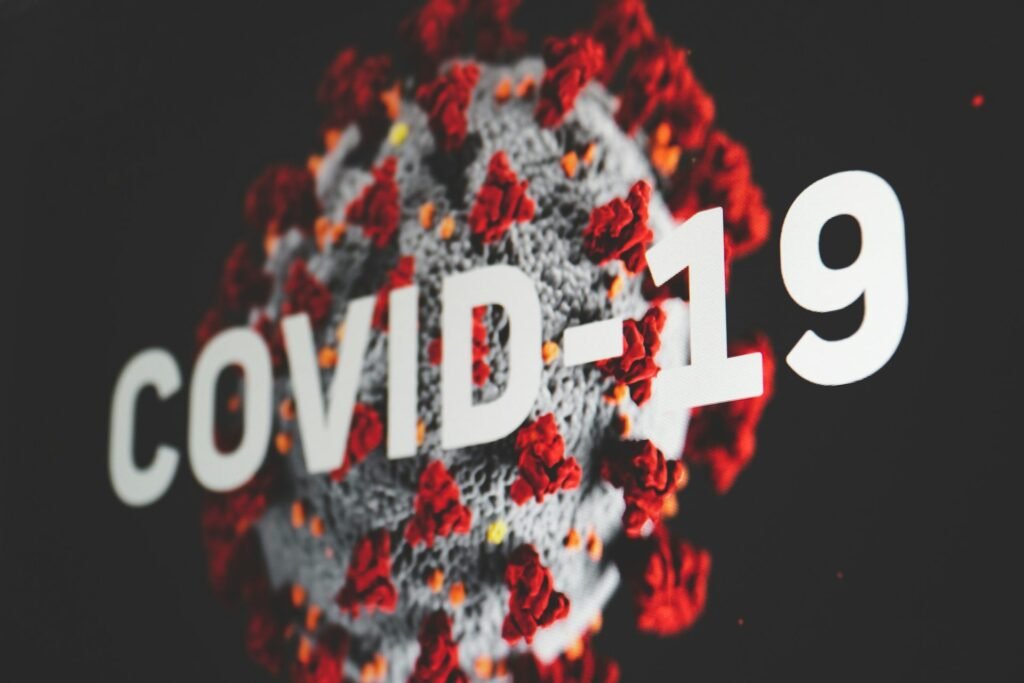
Heterologous versus homologous COVID-19 booster vaccinations for adults: systematic review with meta-analysis and trial sequential analysis of randomised clinical trials

Abstract
Background
To combat coronavirus disease 2019 (COVID-19), booster vaccination strategies are important. However, the optimal administration of booster vaccine platforms remains unclear. Herein, we aimed to assess the benefits and harms of three or four heterologous versus homologous booster regimens.
Methods
From November 3 2022 to December 21, 2023, we searched five databases for randomised clinical trials (RCT). Reviewers screened, extracted data, and assessed bias risks independently with the Cochrane risk-of-bias 2 tool. We conducted meta-analyses and trial sequential analyses (TSA) on our primary (all-cause mortality; laboratory confirmed symptomatic and severe COVID-19; serious adverse events [SAE]) and secondary outcomes (quality of life [QoL]; adverse events [AE] considered non-serious). We assessed the evidence with the GRADE approach. Subgroup analyses were stratified for trials before and after 2023, three or four boosters, immunocompromised status, follow-up, risk of bias, heterologous booster vaccine platforms, and valency of booster.
Results
We included 29 RCTs with 43 comparisons (12,538 participants). Heterologous booster regimens may not reduce the relative risk (RR) of all-cause mortality (11 trials; RR 0.86; 95% CI 0.33 to 2.26; I2 0%; very low certainty evidence); laboratory-confirmed symptomatic COVID-19 (14 trials; RR 0.95; 95% CI 0.72 to 1.25; I2 0%; very low certainty); or severe COVID-19 (10 trials; RR 0.51; 95% CI 0.20 to 1.33; I2 0%; very low certainty). For safety outcomes, heterologous booster regimens may have no effect on SAE (27 trials; RR 1.15; 95% CI 0.68 to 1.95; I2 0%; very low certainty) but may raise AE considered non-serious (20 trials; RR 1.19; 95% CI 1.08 to 1.32; I2 64.4%; very low certainty). No data on QoL was available. Our TSAs showed that the cumulative Z curves did not reach futility for any outcome.
Conclusions
With our current sample sizes, we were not able to infer differences of effects for any outcomes, but heterologous booster regimens seem to cause more non-serious AE. Furthermore, more robust data are instrumental to update this review.
